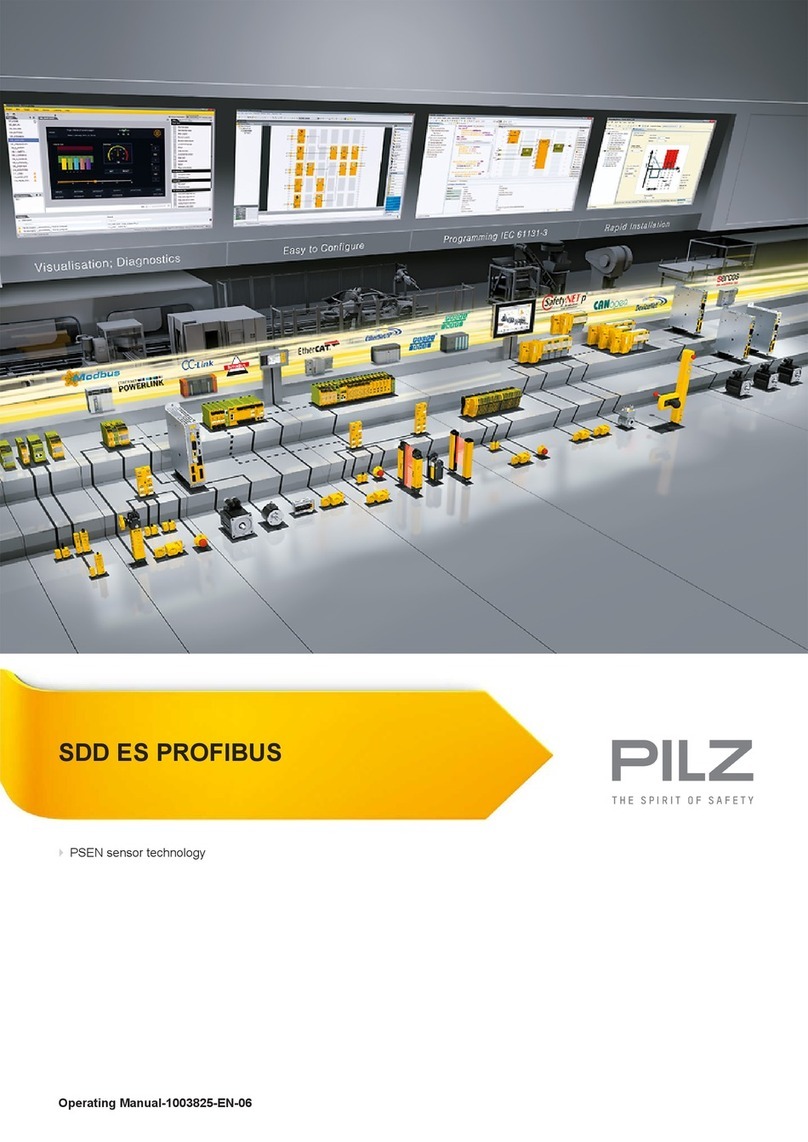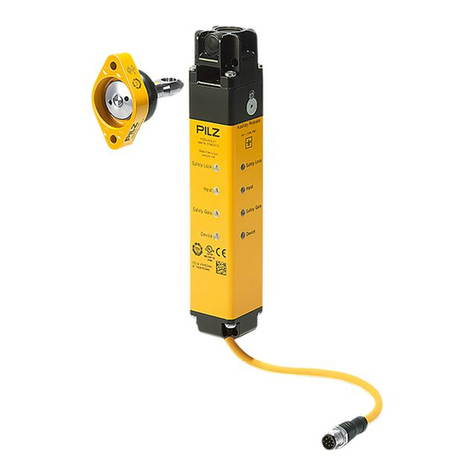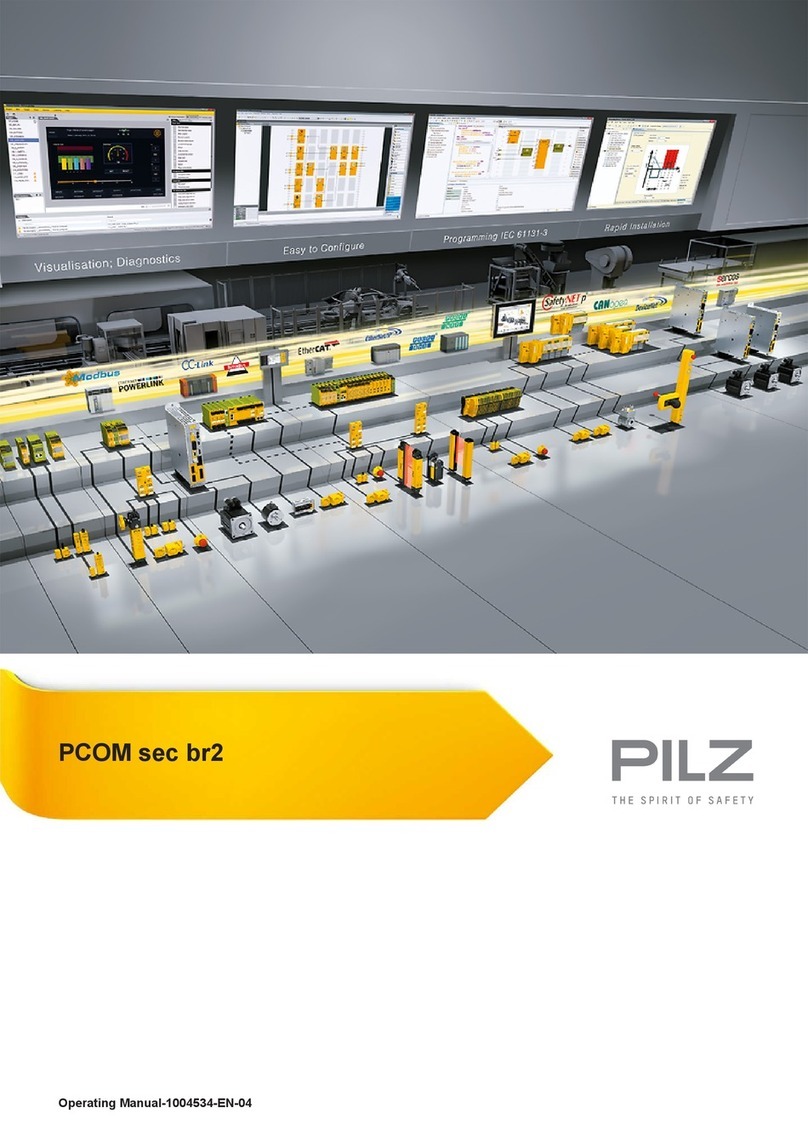
Contents
Operating Manual PSEN opII4B Series
1005005-EN-02 | 3
Introduction ............................................................................................................................5
Validity of documentation.......................................................................................................... 5
Using the documentation .......................................................................................................... 5
Definition of symbols................................................................................................................. 5
Overview .................................................................................................................................6
Unit view ................................................................................................................................... 8
Scope of supply ........................................................................................................................ 9
Safety ...................................................................................................................................... 10
Intended use ............................................................................................................................. 10
Safety regulations ..................................................................................................................... 11
Safety assessment ................................................................................................................... 11
Use of qualified personnel ........................................................................................................ 11
Warranty and liability ................................................................................................................ 11
Disposal .................................................................................................................................... 11
Function description ............................................................................................................. 12
Basic function ........................................................................................................................... 12
Automatic start and restart........................................................................................................ 13
Operation of two safety light curtains with the same alignment................................................ 14
Project configuration ............................................................................................................. 14
Maintaining the safety distance ................................................................................................ 14
Resolution................................................................................................................................. 15
Protected field perimeters......................................................................................................... 15
Ambient conditions ................................................................................................................... 15
Distance from reflective surfaces.............................................................................................. 16
Minimum distance between parallel, aligned safety light curtains ............................................ 18
Installation of several adjacent safety light grids ...................................................................... 20
Use of deviating mirrors............................................................................................................ 21
Installation and alignment .................................................................................................... 22
Attach the safety light curtain to the mounting surface ............................................................. 23
Orientation ................................................................................................................................ 26
General guidelines.................................................................................................................... 26
Safety light curtain alignment.................................................................................................... 27
Wiring ......................................................................................................................................29
General guidelines.................................................................................................................... 29
Connector pin assignment ........................................................................................................ 29
Earthing the safety light curtain ................................................................................................ 30
Commissioning ......................................................................................................................31
System connection ................................................................................................................... 31
Checking the safety light curtain............................................................................................... 33






























